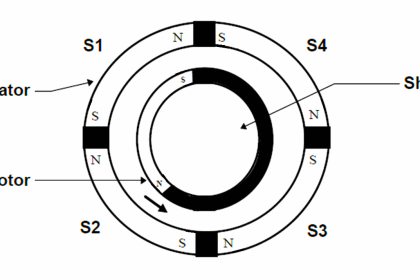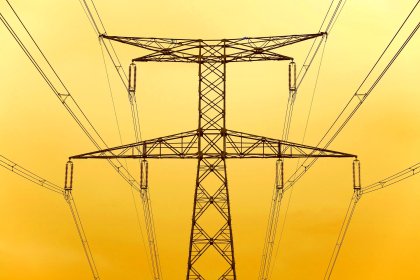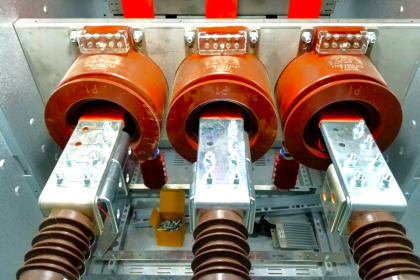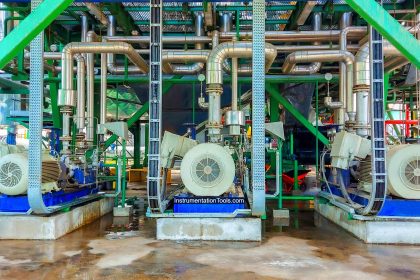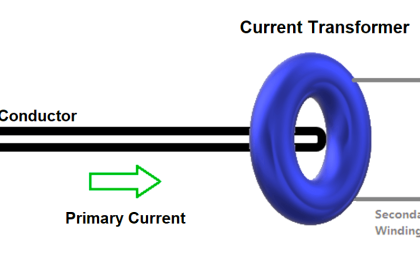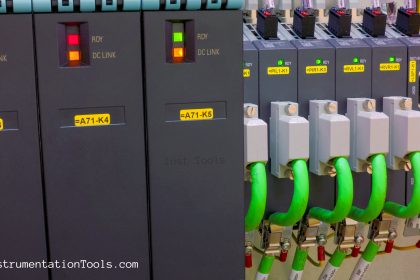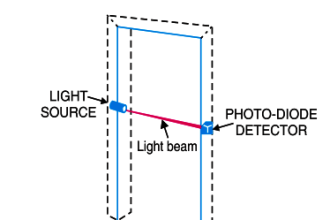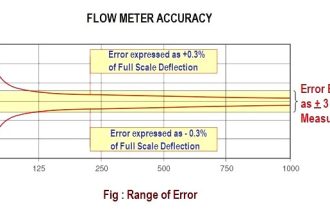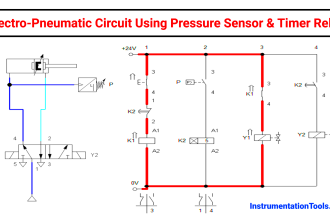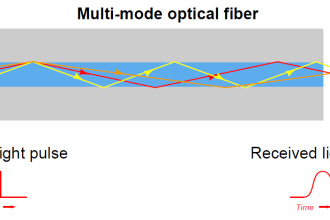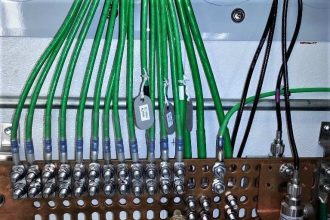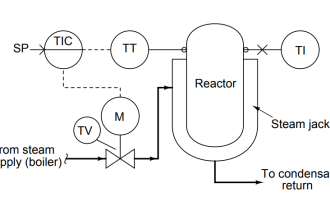We all know how substations play a very important role in electrical engineering. They are primarily used in electrical distribution lines for power circuits. Due to this, they deal in very high voltages. Transformers are also present in such lines for working with high voltages. Two technologies are used in such high voltage methods – air insulation and gas insulation. They are a widely used switchgear technique in electrical substations. In this post, we will see the difference between air insulation and gas insulation panels.
What is an AIS panel?
AIS stands for air-insulated switchgear. In a substation, there are many live components like circuit breakers, phase stands, transformers, isolators, protective relays, busbars, etc. In any live electrical component, insulation is required to protect the nearby environment or personnel from a hazardous accident (as very high voltages are involved). Between such phase lines or inside the phase lines, if air is present as an insulating medium, then it is called AIS. A collection of all such components makes an AIS panel.
All the electrical components are thus openly installed in the air. But care is taken that proper distance is maintained between live components, as air is an open medium. Otherwise arcing and safety hazards can potentially damage the components.
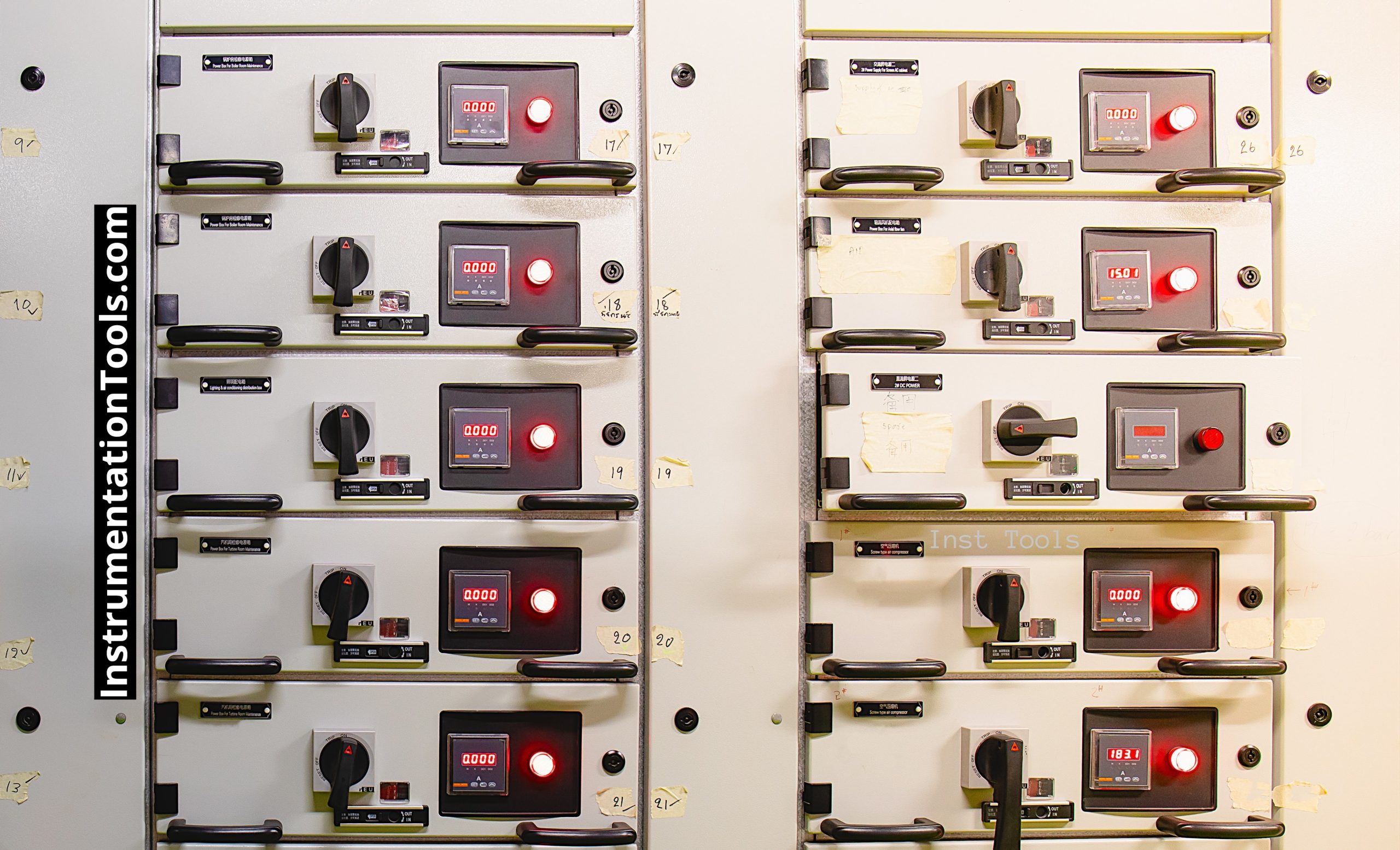
What is a GIS panel?
GIS stands for gas-insulated switchgear. Between the phase lines or inside the phase lines, if gas is present as an insulating medium, then it is called GIS. A collection of all such components (live components like circuit breakers, protective relays, phase stands, transformers, isolators, busbars, etc.) make a GIS panel. Due to the use of gas, it cannot be kept open in the air. So, all the components are mounted in a closed chamber and tightly sealed. This reduces the risk of any accident. The gas used here is SF6 (sulfur hexafluoride). SF6 has excellent insulation properties.
What are the main differences between air-insulated and gas-insulated switchgear technologies?
- The construction and installation cost of the AIS panel is much lower than the GIS panel, due to the non-usage of critical gas.
- Installation of AIS panels does not require highly trained engineers as compared to installation of GIS panels, which is sensitive in nature.
- AIS panels do not require any additional cooling arrangements, as it is already open. GIS panels require cooling arrangements due to their closed nature.
- AIS panels consume a large area, due to more distance between components, as compared to GIS panels which consume much less area.
- As AIS panels are open in nature, they are much more susceptible to external factors like pollution, temperature, moisture, rain, etc. This issue does not exist for GIS panels.
- SF6 has excellent dielectric strength properties than air. So, GIS panels are much better insulated than AIS panels.
- AIS panels can be extended and modified more easily than GIS panels due to their open nature.
- GIS panels pose some impact to the environment due to the use of gas, as it increases carbon footprints. This issue does not exist in AIS panels.
- If the AIS panel is installed in high altitudes, then care must be taken in the design, as dielectric strength decreases with an increase in height. GIS panels too will face such design constraints, but it is less complex than AIS panels.
- A large land area is used in AIS panels, as it consumes more space. So, nature consumption is wasted in AIS panels rather than GIS panels.
- The reliability and efficiency of the GIS panel are higher than the AIS panel.
- Very less maintenance is required in the GIS panel, as everything is sealed inside. AIS panels in comparison require a much higher amount of maintenance activities to be done.
In this way, we saw the difference between AIS and GIS panels.
Read Next:
- Electric Stress Control in Cables & Terminations
- Why Circuit Breakers Don’t Protect People?
- Compare Short Circuit and Ground Fault
- Things to Know When Measuring Current
- What is a Gas-Insulated Transmission Line?
